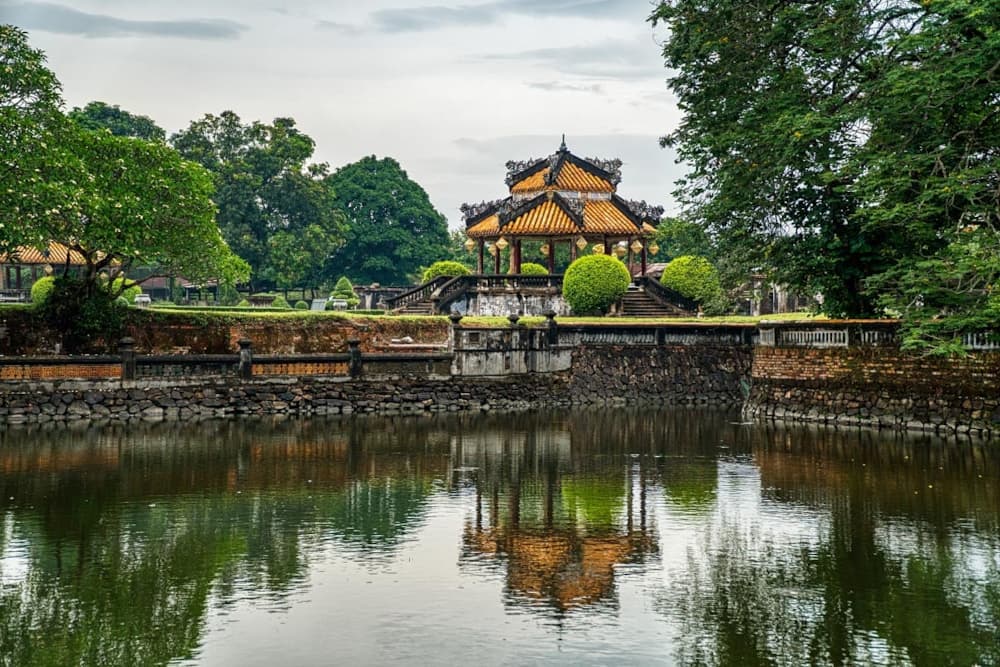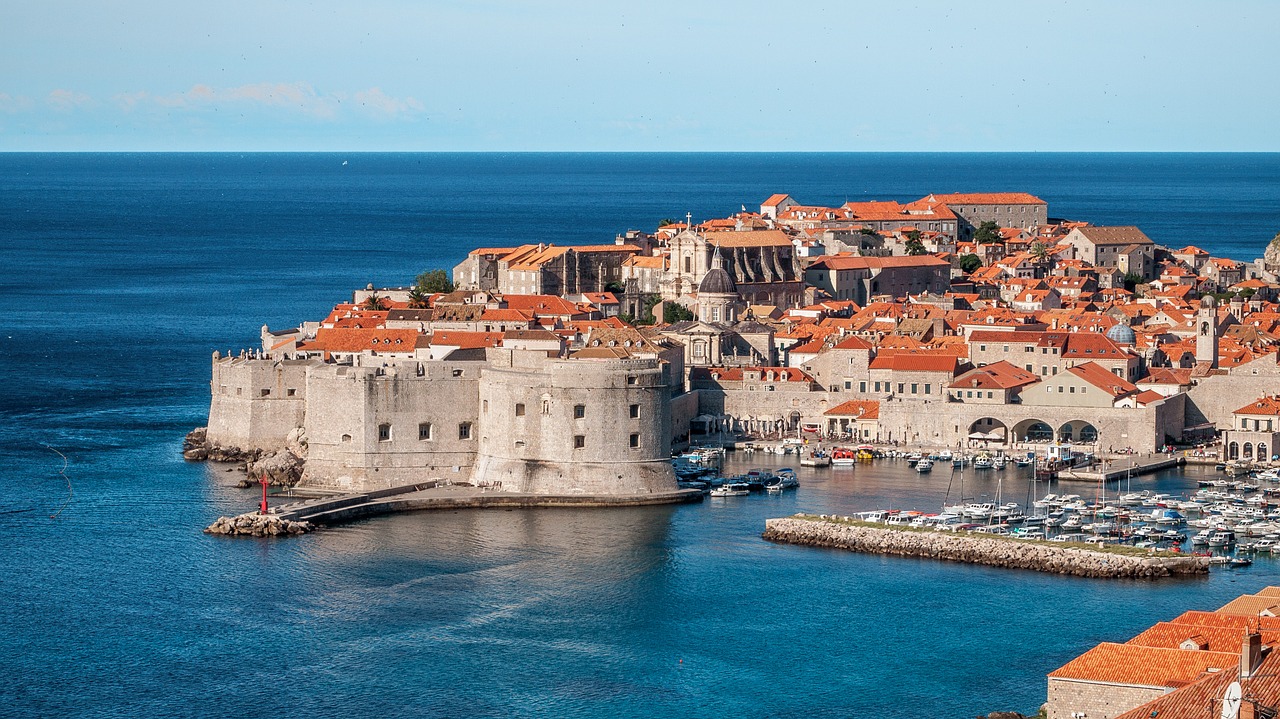Vietnam offers a wealth of sights and experiences for travellers. From bustling cities to idyllic beaches, there is something for everyone. If you want to delve into the country’s rich heritage, consider joining a 베트남황제투어. This tour encompasses many iconic historical and cultural destinations associated with Vietnam’s emperors of the past.
The Vietnam Emperor Tour is a great option for those interested in learning about Vietnam’s imperial era. Over the trip of around 10 days, you will visit important cities, temples, and palaces that were seats of royal power throughout Vietnamese history.
Along with learning about emperors and dynasties from guides, you will have time to explore locations at your own pace.
Huế – Imperial City of Perfume River
The first stop on a 베트남황제투어 is often Huế. This city served as the imperial capital of Vietnam from 1802 to 1945, during the Nguyễn Dynasty.
Over this period, Huế developed into a cultural and architectural center known for its refinement. Even today it retains an atmospheric grace and reverence for history.
Highlights of Huế include the massive Citadel, which sits on the north bank of the Perfume River.
This walled city-within-a-city formerly housed the Emperor’s living and working quarters, along with palaces, temples and academies. Wandering its broad avenues gives you a sense of the royal scale on which things operated.
The most iconic sites are the Flag Tower, which signals the arrival and departure of the Emperor; and the Imperial City, featuring ornate halls and pavilions decorated with murals and ceramic tiles.
Other recommended attractions are the ornate Tombs of the Nguyễn emperors situated south of Huế. The lavish mausoleums provide clues to the extravagant lifestyles and traditions of Vietnam’s last ruling family.
The most impressive is that of Minh Mạng, the second emperor, with its gateway, temples and landscaped gardens stretching over 40 acres. Today Huế retains an air of refined history, making it one of the premier stops on a Vietnam holiday. Be sure to also try Huế’s famous imperial cuisine during your stay.
Read: 10 Things to Know About Tigers Before Going on a Safari in India
Hanoi – City of Lakes and Legendary Rulers
No Vietnam itinerary would be complete without time in the capital, Hanoi. As the northern hub of politics, culture and commerce for over a thousand years, it too has deep imperial connections worth exploring on a 베트남황제투어.
Hanoi served as the capital of successive dynasties and kingdoms stretching back to at least 1010 AD.
This longevity left imprints everywhere, from architecture to local customs. Lake Hoàn Kiếm in the city center was said to be where a magical sword was retrieved by Emperor Lê Lợi in the 15th century.
Today you can watch traditional boat races, sample street food and listen to live music by the water.
The highlight for history buffs is the Temple of Literature, which was Vietnam’s first university dating back to 1070. Under imperial patronage, it educated scholars and shapedConfucian values across generations of mandarins.
Other quintessential sights with links to Hanoi’s emperors are the One Pillar Pagoda; Tran Quoc Pagoda on West Lake; and the Presidential Palace, formerly home to the Governor General of French Indochina. Be sure to also visit markets like Quan Su to glimpse Hanoi’s daily rhythms barely changed since imperial times.
Hội An – Centre of Trade and Cross-Cultural Exchange
Once you’ve soaked up the royal energy of Huế and Hanoi, the next top on a Vietnam Emperor Tour would be Hội An. Located on Vietnam’s central coast,this UNESCO World Heritage Site was a vital port town between the 15th to 19th century.
During its trading heyday, Hội An welcomed merchant ships from across Asia, leading to a vibrant fusion of cultures.
Wander Hội An’s well-preserved Old Town lined with Japanese merchant homes, Chinese temples and Assembly Halls.
The romantic atmosphere transports you back to when it played matchmaker between Vietnamese and foreign commerce.
The striking Japanese Covered Bridge and memorable street food scene make visiting memorable too. At night, catch traditional singing and dancing shows held along the river or in tailored boutiques upstairs.
Being an important trading post meant Hội An also received aristocratic patronage ensuring ties to Vietnam’s imperial courts.
The elaborate Phúc Kiến Assembly Hall was a focal point for the Chinese merchant community whilst paying respects to the Emperor.
Likewise, the ornate Three Pho Minh Pagoda was sponsored by wealthy mandarins. A stay in Hội An reveals glimpses into how prosperity and empire went hand in hand in Vietnamese history.
Halong Bay Cruise -Scenic Splendor off the Coast
Most Vietnam Emperor Tours continue north to Halong Bay. Designated a UNESCO World Heritage Site, Halong Bay’s emerald waters are dotted with over 3000 fantastical limestone islands and islets rising from the Gulf of Tonkin.
Spending a night aboard a traditional wooden junk sailboat allows you to fully unwind in such mesmerizing seclusion.
Rising early, practice t’ai chi on the sun deck as the mist clears to reveal new islands. Explore hidden grottos, lagoons and sandy coves by kayak.
At lunch time, fresh seafood is prepared with care on the main deck. In the afternoon, drop anchor for a refreshing swim before returning for cocktails as the sun sinks behind jagged silhouettes.
As darkness falls, sleep to gentle lapping sounds and a sky ablaze with stars – nature’s perfect tonic after several busy days traversing history in Vietnam’s heartland.
The following morning, breakfast is taken in a new spectacular rocky setting. Legends say the islands forming such fantasy shapes were created by a dragon, which in Vietnamese lore is a symbol of imperial might. Although Halong Bay saw no royal courts itself, its ethereal scenery fits perfectly as a retreat among the travels of a Vietnam Emperor Tour.
Ho Chi Minh City – Imperial Energy in a Modern Metropolis
No trip to Vietnam is complete without venturing south to dynamic Ho Chi Minh City (formerly Saigon). As Vietnam’s commercial powerhouse, the energy levels match that of its royal past dynasties.
Namely, the city built under Nguyễn Ánh who defeated the Tây Sơn dynasty in 1802, unifying Vietnam under the Nguyễn rule until French colonization.
In Ho Chi Minh City, admire grand colonial-style structures like the Central Post Office and Notre Dame Cathedral. Stroll through opulent Reunification Palace, the former Executive Palace of the
Republic of Vietnam. Also tour the ornate Thien Hau Pagoda, built in the 1860s to honor a goddess of the sea who protected seafaring Chinese merchants. Wander Chinatown’s bustling alleys and sample Vietnamese-Chinese street favorites.
Other activities fitting for closure of a Vietnam Emperor Tour include learning about the American War at moving exhibitions like the War Remnants Museum.
In the evening, dine on excellent Vietnamese fusion cuisine at vibrant restaurants spilling onto sidewalks. Zipping around on squealing motorbikes takes you back to the frenetic but memorable energy of this endlessly fascinating former imperial capital.
Your Vietnam Emperor Tour
By touring the major cities and sights highlighted above during a Vietnam Emperor Tour, you trace the influences of emperors and dynastic rule across a millennium of Vietnamese history. Huế showcases the pageantry and refinement of central rule under the Nguyễn dynasty until French rule.
In Hanoi and Hội An, you glimpse the intersection of empire with civic traditions, culture and trade.
At Halong Bay and Ho Chi Minh City, imperial legacies merge into timeless natural beauty and the drive of modern Vietnam.
While a guided 베트남 황제 투어 serves as an enriching way to explore Vietnam’s royal past and diverse present, you also have freedom to linger in places that intrique you most on your own terms.
With such a multi-faceted itinerary balanced between heritage attractions and relaxation, this memorable holiday ticks all the boxes for culture-seeking travellers who appreciate the history behind modern wonders and experiences.




